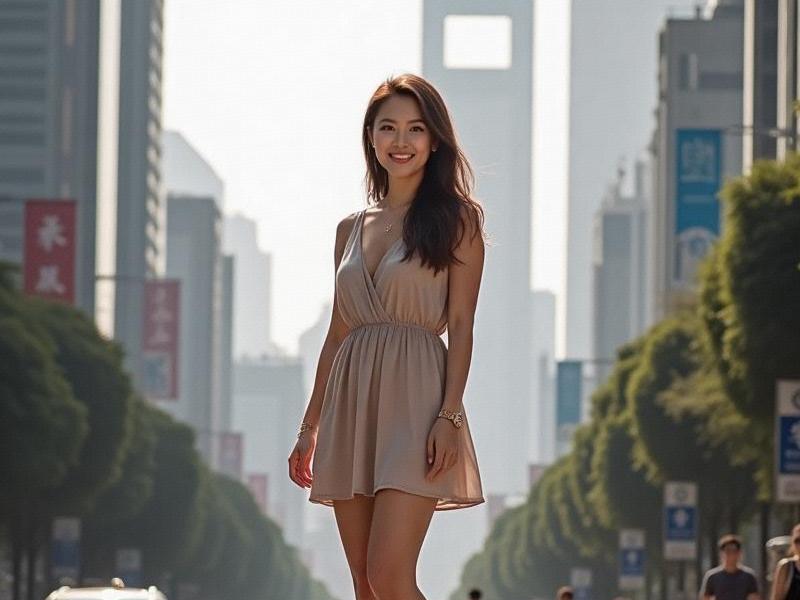
[Introduction]
Shanghai has long been celebrated for its sophisticated female population. This 2,200-word feature examines how the city's women balance cosmopolitan lifestyles with Chinese cultural values, creating a unique model of urban femininity.
[Section 1: Historical Context]
• The "Shanghai Girl" archetype through the decades
• Comparison with other Chinese urban centers (Beijing vs. Shanghai femininity)
• Influence of 1920s "Modern Girl" movement
• Impact of economic reforms on gender roles
[Section 2: Professional Landscape]
上海龙凤419是哪里的 • Statistics: 48% of senior management positions held by women
• Notable female leaders in finance, tech, and creative industries
• Networking groups and professional associations
• Challenges in balancing career and family expectations
[Section 3: Cultural Expressions]
• Fashion as social statement:
- Local designers blending qipao with contemporary styles
- Rise of "guochao" (national trend) fashion movements
上海私人品茶 • Literary and artistic contributions
• Digital influence: Shanghai's top female content creators
[Section 4: Social Dynamics]
• Marriage and relationship trends
• "Leftover women" phenomenon reexamined
• Parenting philosophies of Shanghai mothers
• Intergenerational differences in values
爱上海 [Section 5: Global-Local Balance]
• Maintaining Chinese identity while embracing global influences
• Language use patterns: code-switching between Shanghainese, Mandarin and English
• Culinary traditions in modern households
• Festival celebrations with contemporary twists
[Conclusion]
Shanghai's women represent a dynamic fusion of tradition and modernity, their evolving roles offering valuable insights into China's social transformation. As the city continues to globalize, its female population remains at the forefront of defining what it means to be both thoroughly modern and authentically Chinese.
